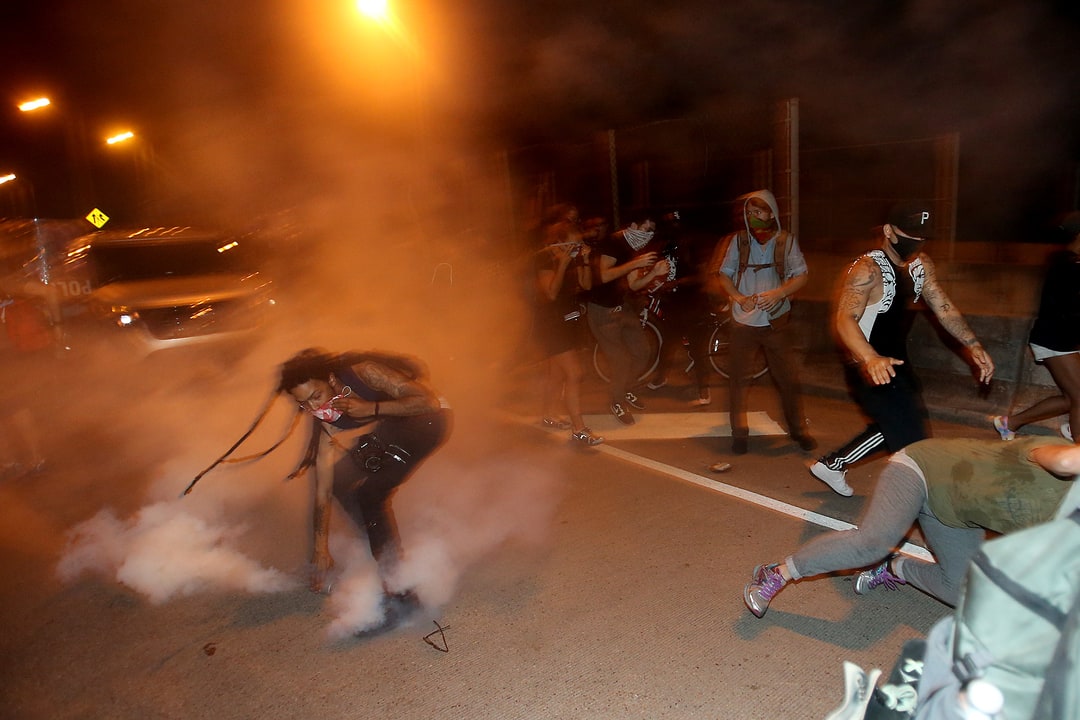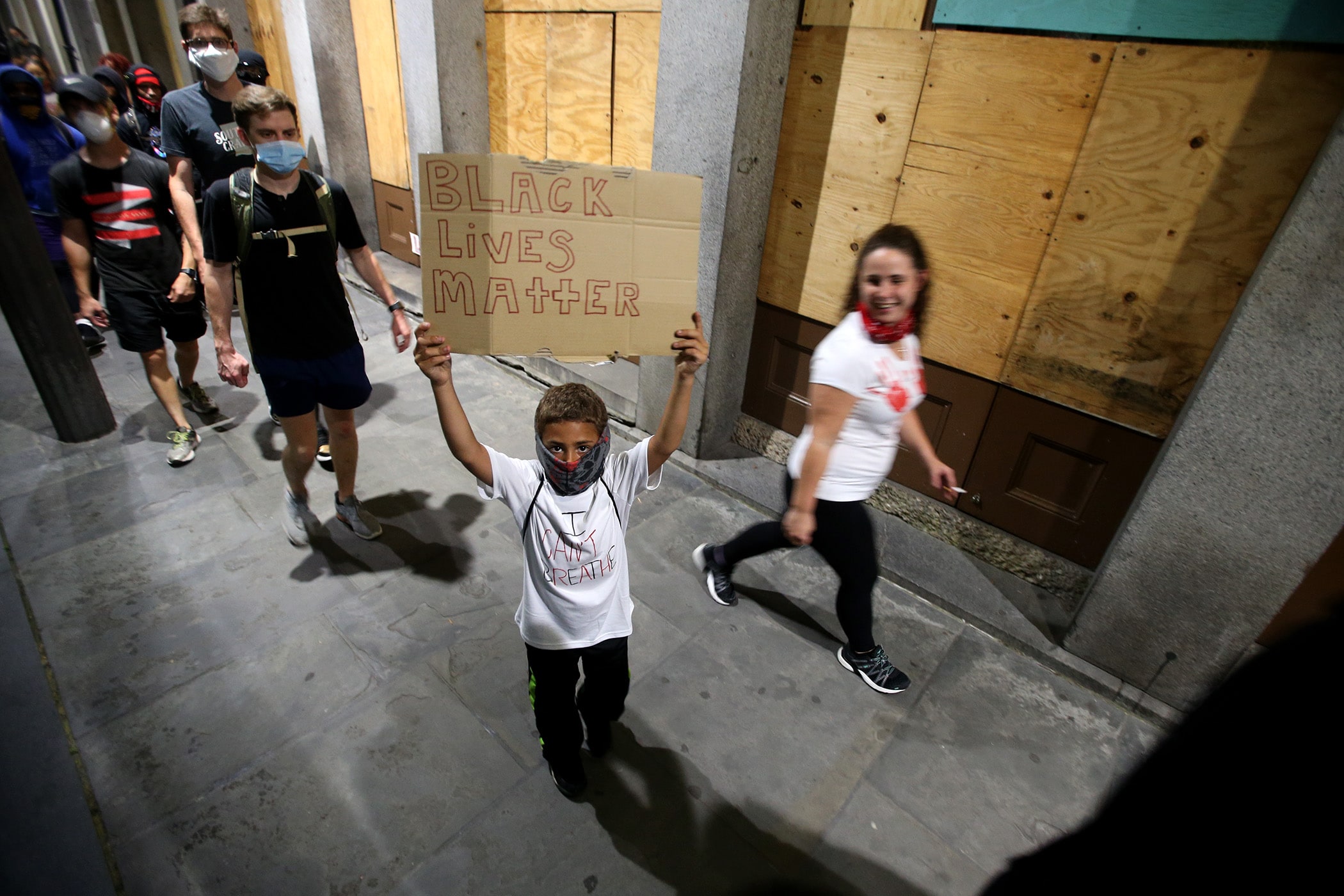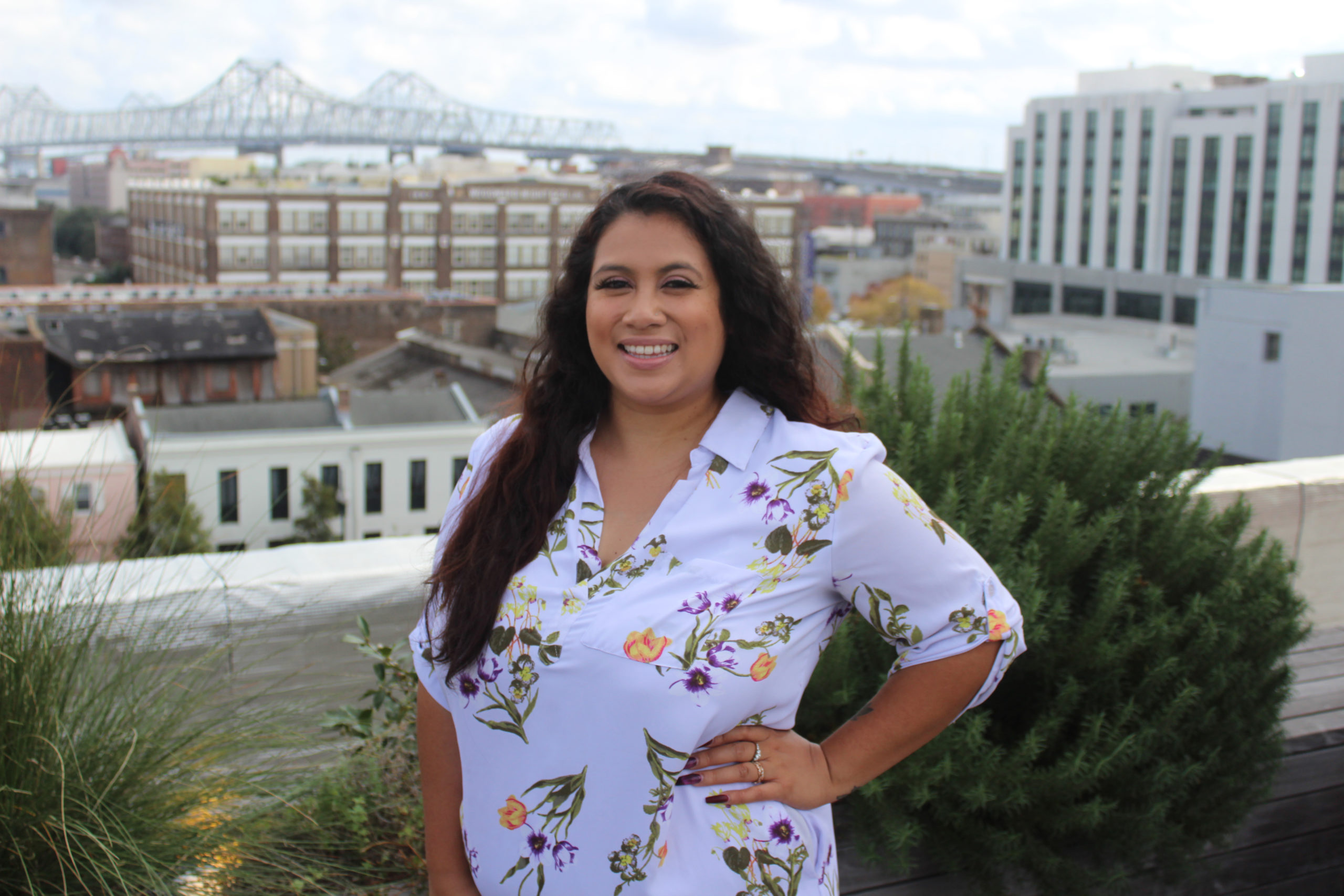My Monday started off as any other Monday. You wake up, check your phone for messages, DMs, scroll down the timeline a bit.
But this Monday, after numerous DMs from one friend of protest videos and political hot takes, I sent back a message that hurt to even write.
“I appreciate you sending me all of this, but as someone who works in media, I’ve seen it all… and honestly, I’m overwhelmed,” I wrote back. “I’m limiting my time on social in general to protect my own mental well-being. I thank you for wanting to share.”
She received my statement well, but at this point, I was tired. I never thought I’d be here. I’d always seen myself as strong — I can stomach shooting videos, worldwide protests, whatever comes my way, right? But I’ve come to realize, I can’t.
Early in my career, I worked night shift. One evening, the news of Alton Sterling’s death began coming into the newsroom. So many other police killings national news had covered ran through my mind, but this was here, only an hour away from New Orleans. That’s when it started to hit home for me.
The next night my station had two anchors live at the store where Sterling laid dead in the parking lot not 24-hours before, while an angry crowd grew ever closer to us live on-air. I don’t think I’ve ever been so afraid covering anything in my life — and a little piece of that fear has never really gone away.
Not long after, the station finally received the body camera video from the night Sterling died. I remember sitting at my desk with so many emotions — shocked, sad, angry. The same roller coaster of emotions happened when I watched a video of Jefferson Parish officers beating a teen accused of killing an undercover cop. The same emotions happened when I saw the video of George Floyd’s last moments.
Last week, my 13-year-old daughter asked to go to the protests here in New Orleans. I immediately shot it down. When I asked her why she wanted to go, she told me the story of a road trip she’d taken with family when she was about 6 or 7 years old. They’d gotten pulled over, and the officer made her uncle get out of the vehicle. At any moment, she felt it could have gone wrong. She started crying while telling her story, and as a mother, I felt torn between wanting my child to know WHY she wanted to go, and the weight having to PROVE to me, her mom, the reasons.
View this post on Instagram
At that point, I knew I was going to let her go, but as a member of the media, I also knew I’d have to stay home. Her godmother took her instead. From the moment I knew they were downtown, I stalked their location on my phone. Here I was, a mother, unable to see her child through these feelings because I chose to be a member of the media. I watched the little blue dot on the GPS as the march went from Downtown, along St. Charles Avenue and then took a turn towards the interstate.
“Don’t worry, we’re not on the bridge,” a text shortly after read.
That was the first, and only night, the New Orleans Police Department used tear gas on demonstrators. It was later revealed they’d used rubber bullets as well to disperse the crowd, something they initially denied. My child could have gotten tear-gassed at 13.

I don’t have to tell you that people of color are the minority in newsrooms, even in a predominantly black city like New Orleans. I don’t have to tell you the pressure to speak up, or the fear of being shot down, during story idea meetings or reviewing scripts. I don’t have to tell you it’s hard, or that we’re tired.
What I can tell you is that after the events of last week, I hope we’re making a change for the better. I see all people taking the time to think about their words now, their actions, and how it affects those around them. I can only pray it lasts longer than the 243 years America has accepted systemic oppression.







